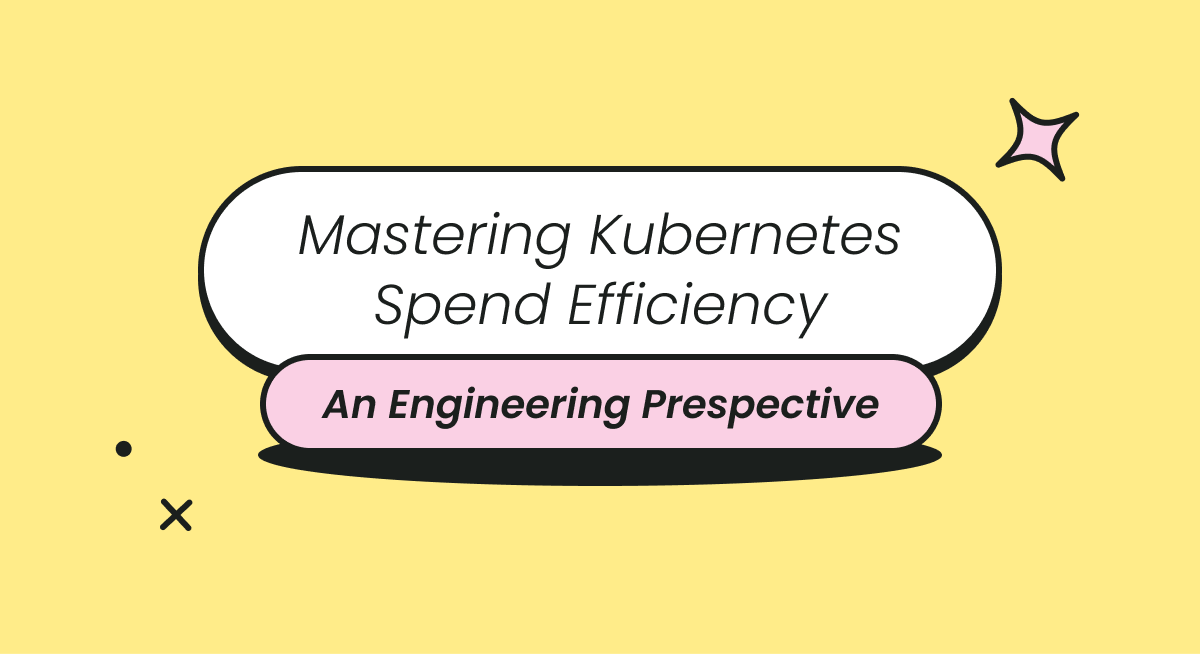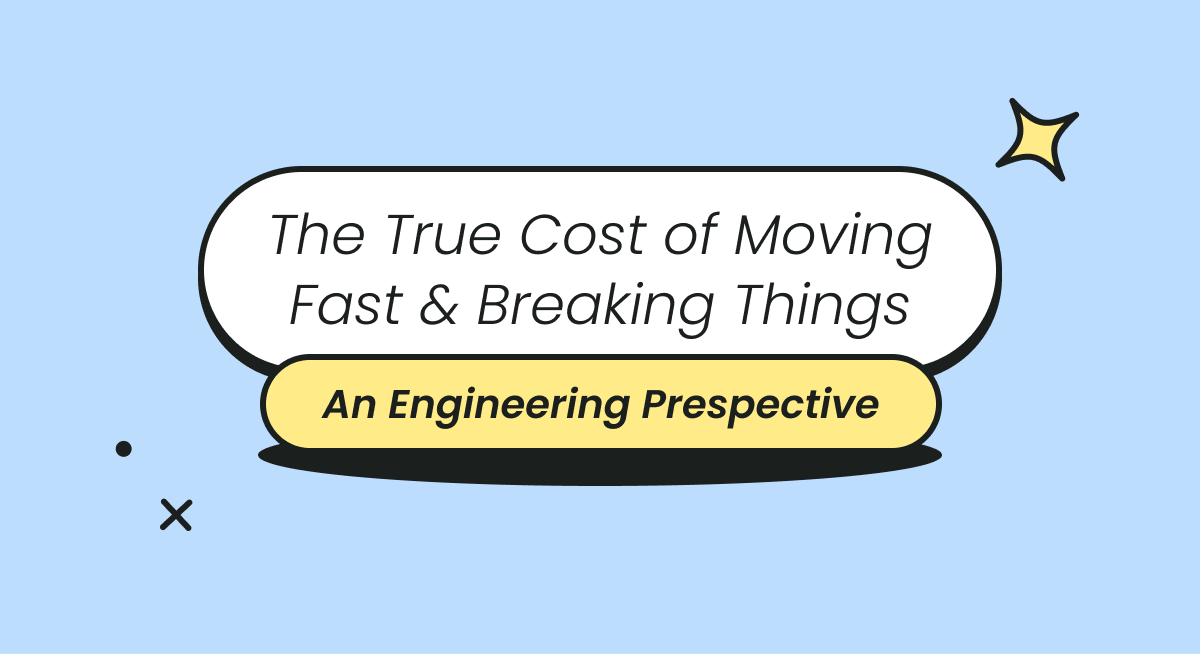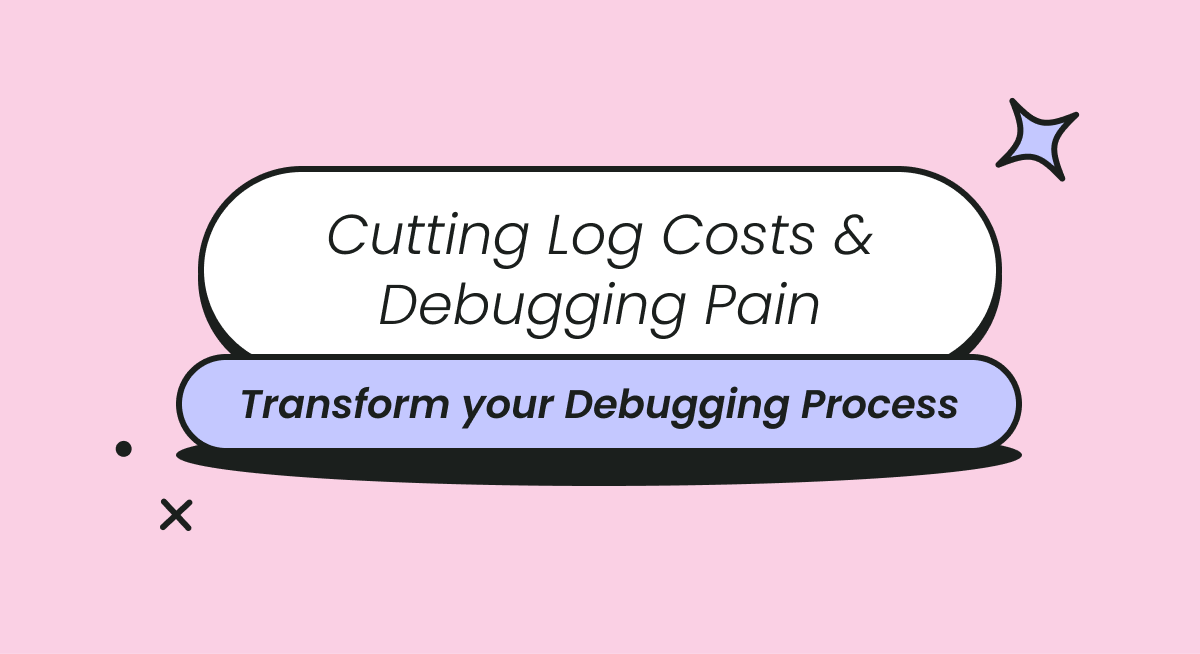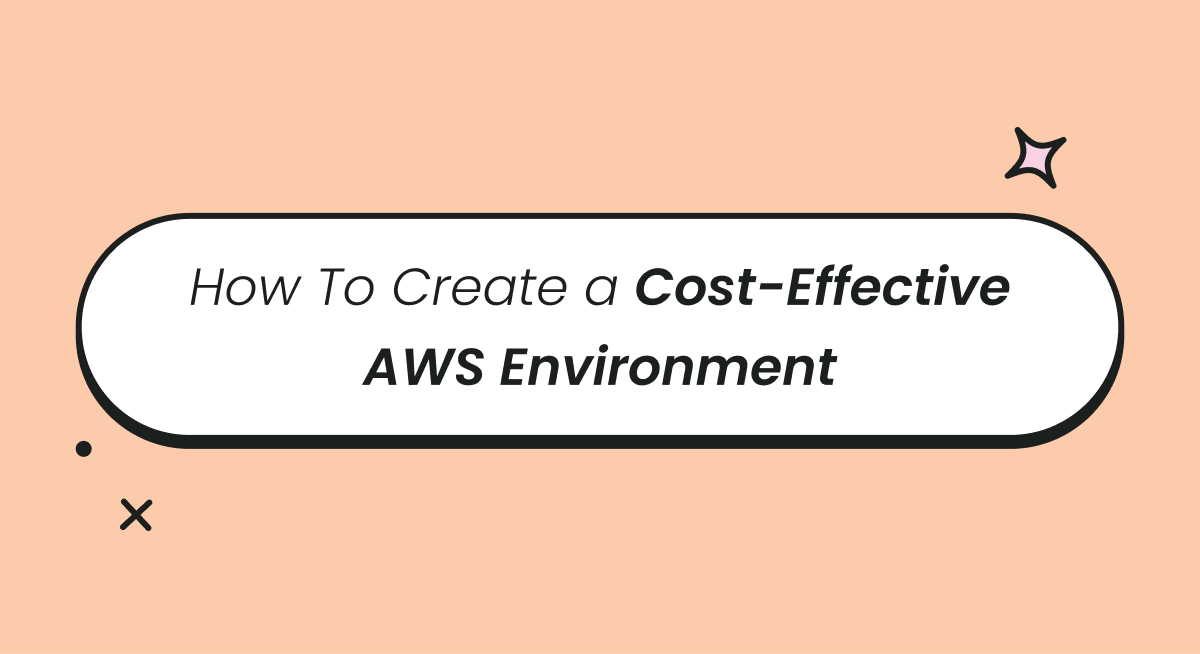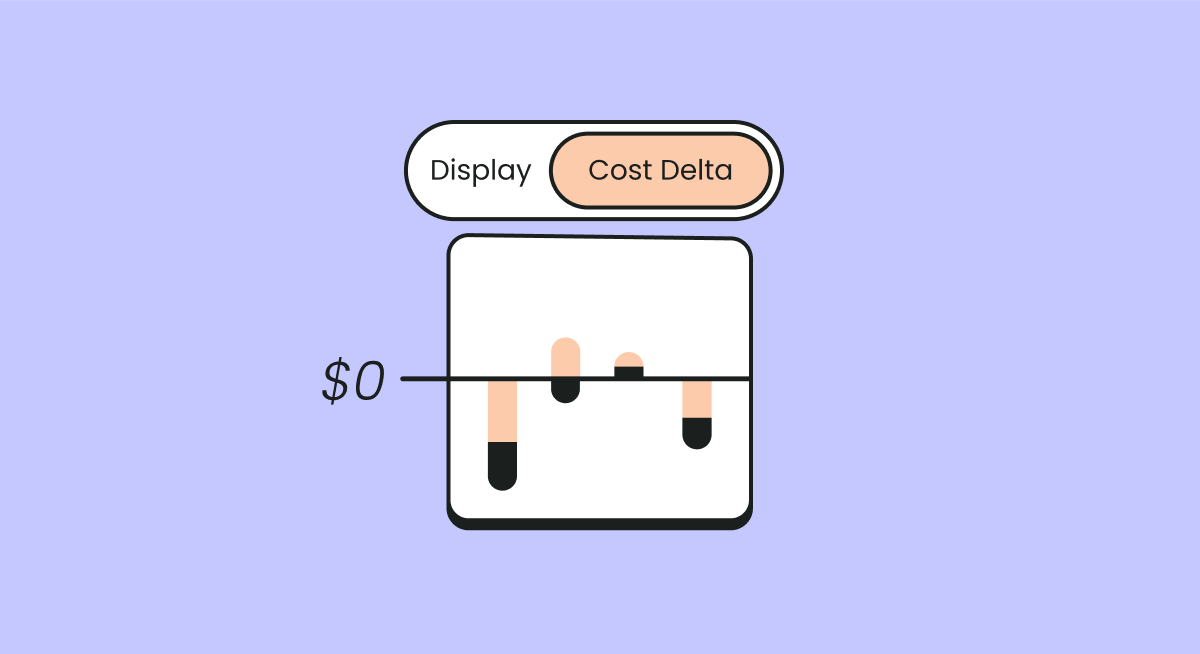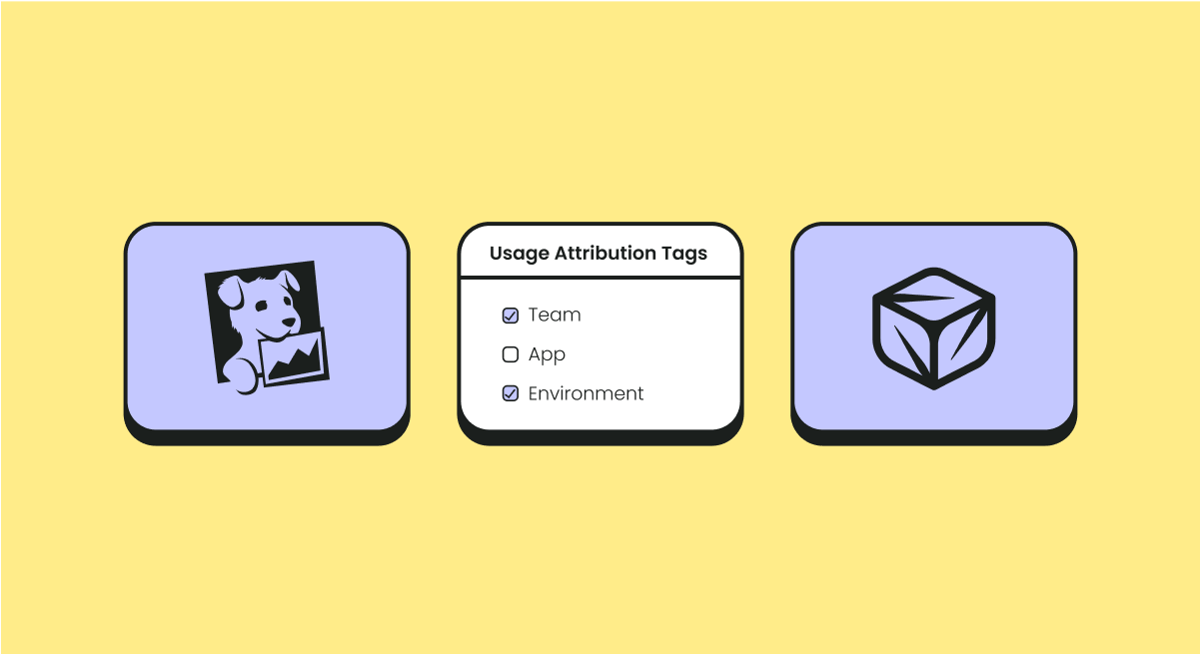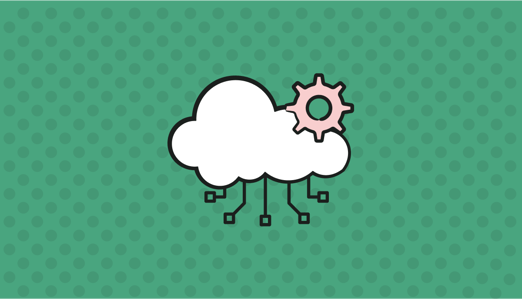
What Is Cloud Cost Management?
Cloud cost management involves monitoring and managing the costs associated with cloud computing. As organizations increasingly rely on cloud services for their IT infrastructure and business applications, controlling spending becomes a critical concern.
Effective cloud cost management improves the efficiency of cloud investments, and can ultimately impact an organization’s bottom line. Failing to professionally manage cloud costs can lead to costs spiraling out of control, deplete budgets, and result in financial instability.
The primary goal of cloud cost management is to achieve a balance between performance and cost. This involves identifying wasteful expenditures, optimizing resource allocation, and cloud forecasting. By implementing a strategic approach to cloud cost management, organizations can prevent budget overruns and align cloud spending with business objectives. For example, an organization aiming to improve resilience and availability can ensure its cloud spend is targeted at systems providing redundancy and disaster recovery.
Read more about effective cloud cost management in our comprehensive guide to cloud cost management tools here.
The FinOps framework guides organizations in the efficient allocation of cloud resources, balancing cost, performance, and quality requirements.
This is part of an extensive series of guides about IaaS.
Related content:
- Read our guide to Cloud Storage Pricing
- Read our guide to Rule of 40 in SaaS
- Read our guide to CFO Dashboards
- Read our guide to What is Financial Management (ITFM)
- Read our guide to Cloud Governance
Benefits of Cloud Cost Management
The main benefits of effective cloud cost management include:
- Lower cloud costs: Helps identify underutilized resources, allowing organizations to downscale or terminate these services, thus reducing overall expenses. Regular monitoring and optimization ensure that organizations only pay for what they need.
- Predictability: The ability to forecast future spending accurately aids in budgeting and financial planning, reducing the risk of unexpected costs. By employing analytical tools and techniques, organizations can model their future cloud spend based on current usage patterns.
- Improving return on investment: By optimizing cloud spend and ensuring resources are used efficiently, organizations can achieve greater value from their cloud investments. For example, data from cloud management tools can help make strategic investments in cloud resources and ensure spend aligns with business outcomes.
Cloud Cost Management vs. FinOps
Cloud cost management and FinOps are closely related concepts, but they have distinct focuses and methodologies.
Cloud cost management primarily deals with tracking, analyzing, and reducing cloud expenditure. It involves using tools and tactics to monitor cloud resource usage and optimize costs. The objective is to ensure efficient use of cloud resources, prevent overspending, and align cloud costs with the organization's budget.
FinOps, short for Financial Operations, goes beyond cost management by embedding financial accountability into the cloud operations. It is a collaborative framework that brings together finance, engineering, and business teams to manage cloud costs effectively. FinOps emphasizes real-time visibility, collaborative decision-making, and continuous improvement in cloud spending. It aims to drive a culture of cost awareness and operational efficiency across the organization.
Cost management and FinOps have a lot in common, but the key difference is in the approach: while cloud cost management focuses on cost-saving tactics and tools, FinOps integrates financial management into the cloud lifecycle, promoting shared responsibility and strategic planning.
Challenges of Cloud Cost Management
Cloud environments are complex and dynamic, making cloud cost management a challenge for many organizations. Key challenges include:
- Lack of visibility into spending: Without a holistic view of cloud spending, organizations struggle to identify optimization opportunities. Organizations must gain detailed insights into where and how resources are consumed.
- Inaccurate budget forecasts: The dynamic nature of cloud services, along with varying pricing models, makes it difficult to predict future expenses. This unpredictability can lead to budgetary misalignments and financial risks.
- Complex cloud billing models: The variety of services, pricing models, and discount options makes it hard for organizations to understand their cloud costs fully. Misinterpretations can lead to suboptimal usage and avoidable expenses.
- Poorly designed cloud architectures: Design choices that neglect cost optimization can result in over-provisioned services and high expenses.
- Lack of accountability and coordination: In many organizations, individuals or departments can use the cloud without being accountable or even aware of the expenses they generate. FinOps practices can help coordinate the financial aspects of cloud use and ensure accountability for cloud expenses.
What Are Cloud Cost Management Tools?
In modern cloud environments, it is infeasible to manage cloud costs manually. First-party tools, provided by all cloud providers, provide some cost management capabilities, but are limited in the insights they provide and require expertise and manual analysis. Organizations that operate across multiple clouds, or run complex infrastructure like Kubernetes, serverless, or big data systems, might need to go beyond first-party tooling.
Dedicated cloud cost management tools provide comprehensive visibility into cloud usage and expenses, helping organizations avoid overspending. They assist in tracking, analyzing, and optimizing an organization’s cloud spending. Their capabilities include cost reporting, budgeting tools, and spending forecasts, which offer insights into how cloud resources are being utilized and enable strategic planning.
The primary aim is to ensure efficient use of cloud resources while aligning spending with business objectives. By leveraging these tools, companies can identify waste, enforce policies, and realize cost-saving opportunities.
Key Features of Cloud Cost Management Tools
Cloud cost management solutions typically include the following features and capabilities.
Cost Management Dashboards
Cost management dashboards provide an overview of an organization's cloud spending. These dashboards aggregate data from various cloud services and present it in an easily understandable format, allowing for quick insights into spending trends, cost drivers, and potential savings opportunities. By offering real-time visibility into expenditure, they enable teams to make informed decisions about resource allocation and cost optimization strategies.
Anomaly Detection
Anomaly detection in cloud cost management tools leverages machine learning and statistical modeling to identify unusual spending patterns. This feature alerts organizations to potential cost leaks or inefficiencies that deviate from normal usage patterns. Early detection of these anomalies allows for swift corrective action, preventing minor issues from escalating into significant budget overruns.
Notifications and Alerts
Notifications and alerts play a crucial role in proactive cost management. By setting up custom thresholds for budgetary limits or specific spending metrics, teams can receive immediate alerts when these thresholds are approached or exceeded. This system ensures that stakeholders remain informed about their cloud spending status and can take timely actions to adjust or optimize their resource usage accordingly.
Cloud Tag Management and Cost Allocation
Cloud tag management facilitates the organization and categorization of cloud resources based on custom labels or tags. This feature aids in allocating costs to specific departments, projects, or initiatives, enhancing the granularity of cost tracking and reporting. Effective tag management supports more accurate budgeting, forecasting, and chargeback or showback processes, making it easier to align cloud expenses with business outcomes.
Without cost allocation tags applied to 100% of cloud resources, it is impossible to achieve true accountability and manage a cloud budget. This is why tag management is one of the most critical activities handled by cloud management tools. Advanced tools can automate and standardize tagging to support FinOps practices.
Cost Control and Waste Reduction
Cost control and waste reduction features focus on identifying unnecessary spending in cloud environments and suggesting opportunities for optimization. This includes rightsizing resources, removing unused instances, and selecting cost-effective purchasing options (like reserved or spot instances). By continuously monitoring for inefficiencies and recommending best practices for cloud resource utilization, organizations can significantly lower their cloud expenses without impacting performance.
5 Cloud Cost Management Tools You Should Know
-
Finout
Finout is an enterprise-grade FinOps solution that helps companies easily allocate, manage, and reduce their cloud spending across their entire infrastructure. Finout’s solution provides the entire organization with complete visibility and context for cloud costs, helping them save money, work smarter, and innovate more profitably — all that without adding code or an agent.
Finout is widely considered to have the most robust cost allocation and shared cost reallocation solution, and it’s able to support large enterprises' needs out of the box.
Start reducing & managing your cloud spend today. Book a demo.
- Infrastructure optimization: Dynamically scales infrastructure based on real-time analysis of VMs and container workloads. This optimization considers capacity, performance, availability requirements, and policies, along with a cost-optimized balance of instance types and purchasing options.
-
Spot by NetApp
Spot by NetApp offers a cloud cost management solution that supports FinOps principles and enables continuous cloud and cost optimization. This tool reduces and governs cloud spending while retaining flexibility and business performance. Spot enables organizations to achieve savings, optimize their cloud infrastructure, and make data-driven decisions.
Pros:
Cost visibility: Provides continuous visibility and analytics into cloud spend, resource utilization, and inefficiencies. This feature supports trend analysis, forecasting, and governance.
Cost optimization: Continuously optimizes an organization’s cloud spend through automated commitment purchasing and waste elimination, avoiding lock-in by operating across multiple cloud providers.
Infrastructure optimization: Dynamically scales infrastructure based on real-time analysis of VMs and container workloads. This optimization considers capacity, performance, availability requirements, and policies, along with a cost-optimized balance of instance types and purchasing options.
Source: Spot -
Cloudability
Cloudability, a product of Apptio, is used by IT, finance, and DevOps teams to optimize cloud resources. Cloudability provides detailed insights and improves control over cloud spend. The platform is certified by the FinOps Foundation.
Pros:
Team ownership: Offers specialized views for different team roles, including IT, finance, DevOps, and business leaders.Budgeting and forecasting for IT finance: Allows IT finance teams to establish budgets, accurately forecast, and track cloud spending. This feature helps in maintaining financial control and predicting future costs.
Correlating spend to business value: Correlates cloud spending with business outcomes, informing decision-making regarding cloud investments.
Cost monitoring and optimization for DevOps and FinOps: Offers tools to monitor costs continuously, identify anomalies, and seize rightsizing opportunities.
Source: Apptio -
Anodot
Anodot uses business intelligence and anomaly detection to provide personalized FinOps insights. This tool is designed for teams that manage multi-cloud, SaaS, and Kubernetes environments, offering cost visibility, savings opportunity recommendations, and forecasting and budgeting capabilities.
Pros:
Multi-cloud cost management: Enables organizations to manage and optimize their multi-cloud costs from a single platform.Accelerated time to resolution: Through business monitoring, the platform accelerates the time to resolution for financial anomalies.
Anomaly detection and automated actions: Uses monitoring technology to detect anomalies and business incidents in real-time. In addition to identifying the root cause of these incidents, it enables instant resolution through automated actions.
Personalized FinOps insights: Provides personalized dashboards that offer insights into spend and unit economics.
Source: Anodot -
Kubecost
Kubecost, a commercial product based on the open-source OpenCost CNCF Sandbox, specializes in providing real-time cost visibility and insights for Kubernetes, enabling teams to monitor and significantly reduce their cloud costs. Kubecost helps businesses optimize their Kubernetes spend without compromising on performance or reliability.
Pros:
Cost allocation: Allows for the detailed breakdown of costs by any Kubernetes concept, such as deployment, service, namespace, and label. It offers the ability to view costs across multiple clusters either in a unified view or via a single API endpoint.Unified cost monitoring: Integrates Kubernetes costs with external cloud services or infrastructure spend, providing a complete picture of overall expenditures. External costs can be attributed to specific Kubernetes concepts.
Optimization insights: Provides dynamic recommendations aimed at reducing spending without sacrificing performance. It helps prioritize infrastructure or application changes that can improve resource efficiency and reliability.
Source: Kubecost
Cloud Cost Management Tips for Success
Here are some simple practices that can help you improve your organization’s cloud cost management.
Use Tools with Granular Billing Visualization
Adopting tools that offer detailed billing visualization helps organizations understand their cloud spend better. A unified view of all cloud costs provides the necessary insights for effective management. This visibility facilitates the identification of overspending and opportunities for optimization.
Implement Cloud Tagging Smartly
Cloud tags allow for the categorization of cloud resources according to cost center, project, or environment. This organization makes monitoring and managing cloud costs easier. Tags provide detailed insights into resource usage, facilitating cost allocation and optimization. Consistent tagging policies ensure that every resource is accounted for and correctly attributed.
Identify Right-Sizing Opportunities
Right-sizing involves adjusting cloud resources to match workload requirements. This ensures that organizations do not overprovision resources, avoiding unnecessary costs. Effective right-sizing requires continuous monitoring and a deep understanding of workload patterns. Regular analysis and adjustment of resource sizes based on actual needs contribute to cost efficiency.
Remove Unused Instances
Regularly identifying and removing unused or unnecessary instances can improve cost savings. These instances often go unnoticed but contribute to the overall cloud spend. Manual audits or automated tools can help in detecting these instances.
Use Cheaper Instances
Cloud providers typically offer discount instances, such as reserved or spot instances, which can reduce cloud costs. Reserved instances offer lower costs in exchange for a commitment over a specific period. Spot instances take advantage of unused capacity at a fraction of the price but require flexibility in usage. It’s important to understand the CSP’s pricing models and the organization’s usage patterns to maximize savings in this way.
Use Power Scheduling
Power scheduling refers to turning off cloud resources when they are not needed, such as during off-hours or weekends. This reduces costs, as resources are not consuming the budget while idle. Implementing an automated scheduling system ensures resources are available when needed and turned off when they're not.
Conclusion
Effective cloud cost management is essential for businesses to leverage the full potential of cloud computing without incurring unnecessary expenses. By understanding the benefits, challenges, and available tools for cloud cost management, organizations can adopt best practices and strategies to optimize their cloud spending.
Implementing dedicated cloud cost management solutions can provide the necessary insights and automation to control costs, improve efficiency, and align cloud investments with business objectives.
Learn more about Finout for cloud cost management
See Additional Guides on Key IaaS Topics
Together with our content partners, we have authored in-depth guides on several other topics that can also be useful as you explore the world of IaaS.
FinOps
Authored by Finout
- Top 12 FinOps Tools to Consider in 2024
- AWS FinOps: Why, How, and 6 Tools to Get You Started
- What is Azure FinOps and How You Can Adopt It
AWS ECS
Authored by Lumigo
- AWS ECS vs. EKS: 5 Key Differences and How to Choose
- AWS ECS: Understand Launch Types, Service Options & Pricing
- AWS ECS Tutorial: Creating Your First ECS Cluster
AWS FSx
Authored by NetApp
